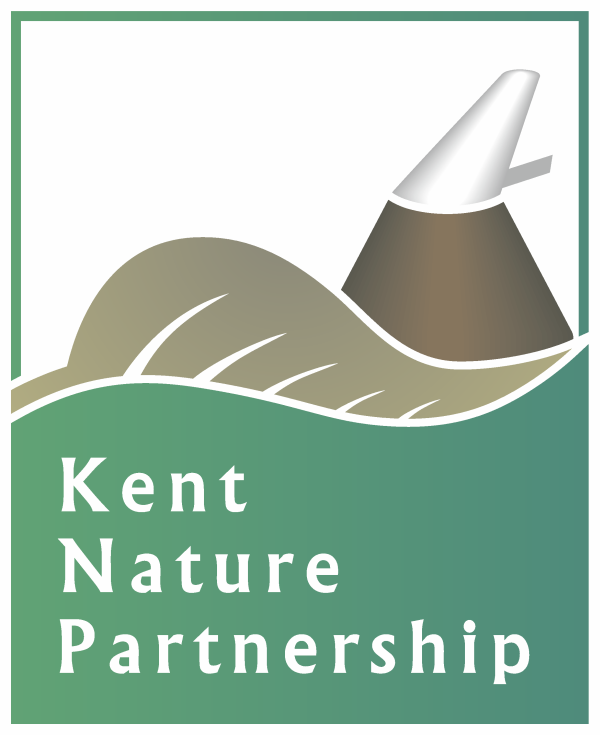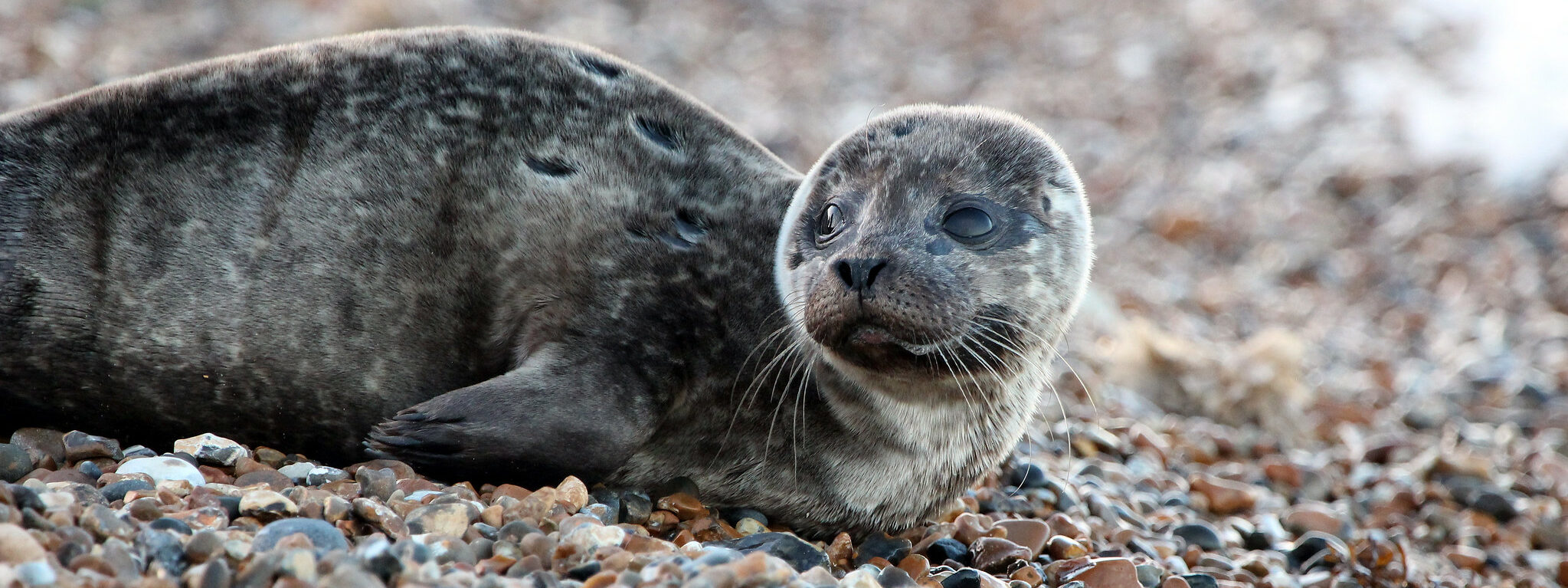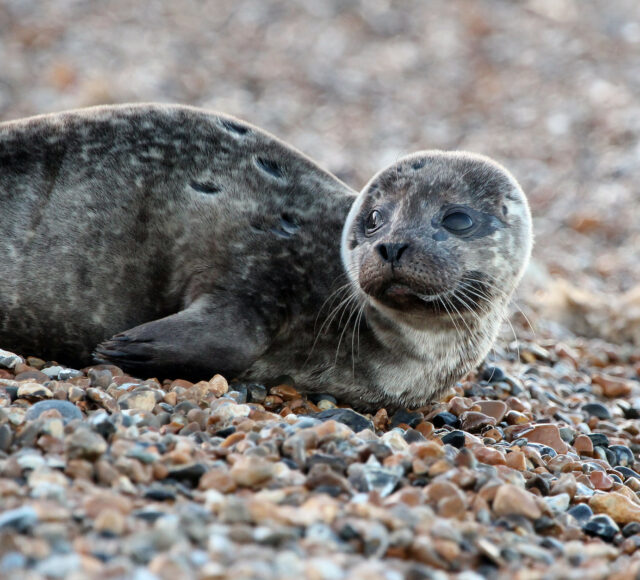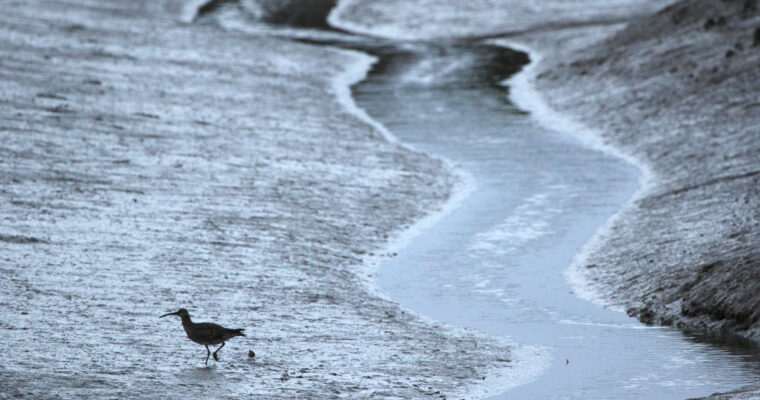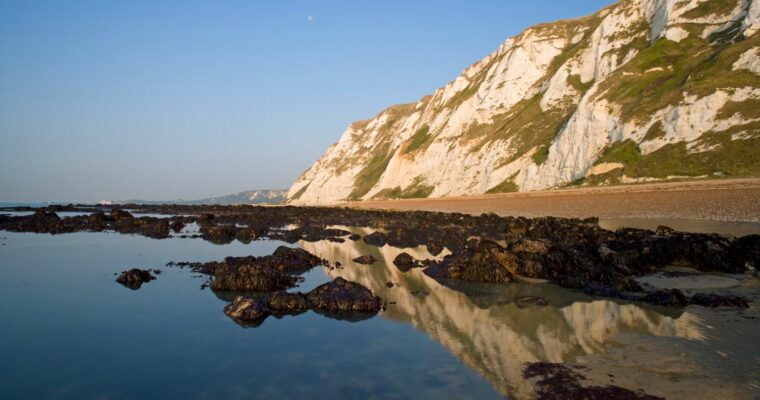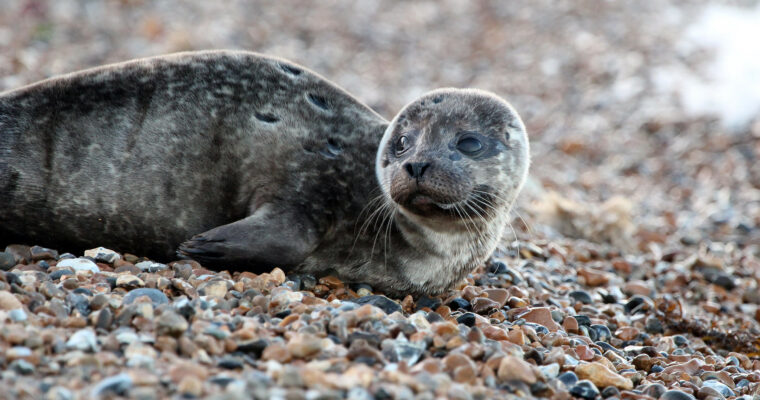The seas around the coast of Kent and Medway contribute to the wider UK marine environment – home to ‘the widest range of marine habitats of any coastal waters in Europe’ – yet they have been badly neglected and depleted over the last few decades. Whilst plastics in the aquatic environment has recently received public attention, and subsequently government action, this is just one of many issues facing the marine waters off Kent’s coastline. These pressures include water quality, invasive non-native species, habitat destruction from fisheries and other offshore activities and land-based pressures such as pollution and disturbance.
Our seas and coastal waters do not follow political or regional boundaries and so, to ensure that we have marine habitats which can support healthy, sustainable ecosystems, we need to complete our ecologically coherent network of well-managed Marine Protected Areas (MPAs), as well as working more closely with local stakeholders to ease the impacts of human activity from source to sea.
- A series of Marine Protected Areas off the coast of Kent, forming an ecologically coherent network that is effective in conserving marine habitats.
- There will be no further decline of Kent’s Marine Protected Areas, which will be showing signs of recovery as a result of regular monitoring and well-informed management that limits damaging activities.
- Kent’s Marine Protected Areas will be improved and extended so that representative habitats missing from the network are featured and offered protection as required.
- The South East and South Marine Plans are being applied and have been integrated within relevant local plans.
- Pressures will be assessed and appropriate management identified and implemented for the entirety of Kent’s Marine Protected Areas to adequately protect the features for which those areas were designated (it is the intention that this objective will be achieved within the shorter timeframe of 2025).
- We will be managing shellfish stocks sustainably and harvesting shellfish in a non-environmentally damaging way.
- There is better understanding of the subtidal and tidal environment and ephemeral marine features, with the development of spatial management plans and strategic action for those areas at most pressure.
- The natural capital value of the marine environment as a carbon sink is better understood and being managed to realise this contribution.
